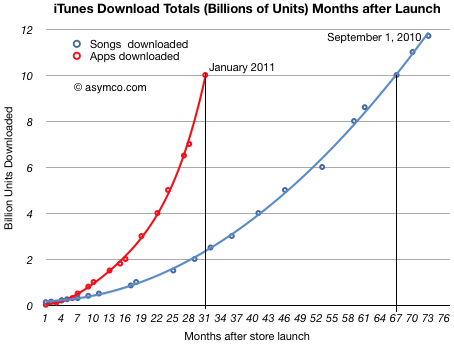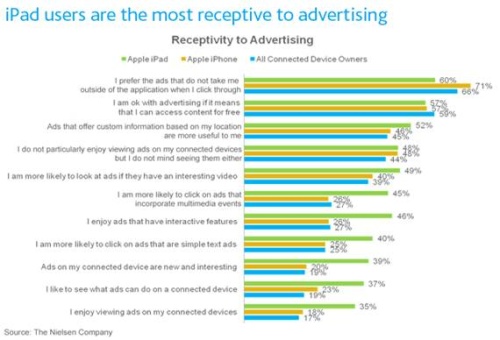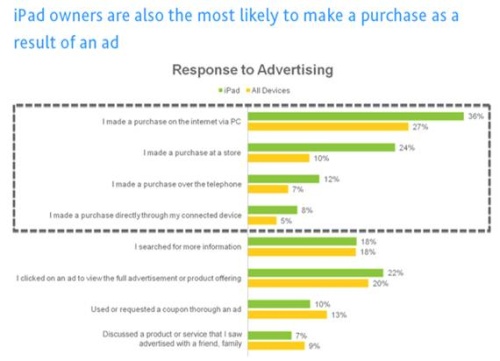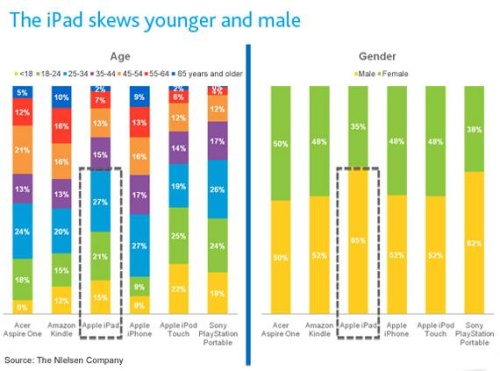iKnow – Let's foresee the future
 We all want to know how the future looks like? What are key trends? What is the next bid thing in technology or our industry? The challenge is… How can the future be foreseen? Well, maybe there is a way if collaboration succeeds as the new imperative of humanity…
We all want to know how the future looks like? What are key trends? What is the next bid thing in technology or our industry? The challenge is… How can the future be foreseen? Well, maybe there is a way if collaboration succeeds as the new imperative of humanity…
A new European research project by the EU Commission is challenging the unforeseeable future. The platform iKnow Futures aims at interconnection knowledge via an “innovation, foresight and horizont scanning system”. And ideally it will help companies, societies, political systems, science but also individuals to identify upcoming risks and dangers as well as potential opportunities long before the next economical crisis, the next virus, or the next weather desaster.
The platform is meant to give insights in new tools and technologies which could change the future. It displays latests projects and research which could foresee trends in science. And it shows first signals via “weak signs” when there is some danger, threat or risk on the horizon that might affect a country, a county or a just some cities that already can be made out as critical.
The long-term EU project collects insights in academic research and collects data to make the world easier for interpretation and economical planning. Whether this is a new form of common knowledge that might revolutionize the world’s approach to common intelligence needs to be seen. Nevertheless, everyone of us can participate and help to make this place a better world with less unpleasant surprises.
Spot On!
Collaboration for a better world sounds somehow fantastic, and the project is definitely deserves a closer look. Imagine someone could have predicted 9/11 attacks with a Wild Card? And what if they become Weak Signals? Would this have saved the world from a nightmare, and would this have changed the ecosystem of planes and traines? How could collaboration platforms become the next “chaos prevention radar”?
PS: And let’s hope Apple won’t try to claim and aim for the name…

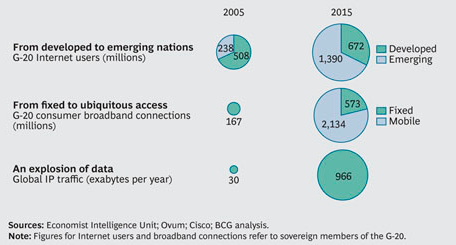

 Never will I forget the day some time between 2001 and 2002 when I went to the BMW pavilion exhibition in Munich to get an understanding of what “Connected Drive” means. Those days, even the people in the pavilion could not help us, and it took BMW three days to give us some proper feedback on this term via telephone. Today, the term is clearly defined as driving with internet access which enables all sorts of connected infotainment, and if you want to know more about it, you can get plenty of information
Never will I forget the day some time between 2001 and 2002 when I went to the BMW pavilion exhibition in Munich to get an understanding of what “Connected Drive” means. Those days, even the people in the pavilion could not help us, and it took BMW three days to give us some proper feedback on this term via telephone. Today, the term is clearly defined as driving with internet access which enables all sorts of connected infotainment, and if you want to know more about it, you can get plenty of information 


 A good explanation why Apple often wins against competitors. Just see
A good explanation why Apple often wins against competitors. Just see 